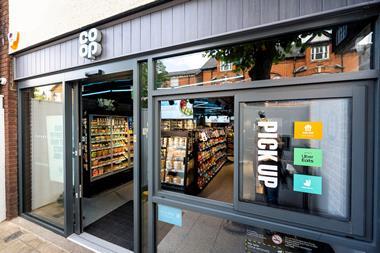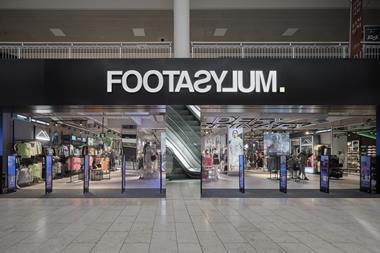Every day seems to bring more lurid headlines, whether it's a survey showing that house prices are falling at their fastest rates for 18 years, the CBI saying that retailers are overtaxed or maybe another bank reporting staggering losses as a result of dark doings in the sub-prime market.
And yet there are more new formats opening at the moment than has been the case for some time. This rather begs the question are retailers burying their heads in the sand or do they know something that journalists don't, namely that in tough times, battening down the hatches is not the answer.
Well perhaps. It's actually quite easy to say when the recovery comes, as it will, that those who have traded and acted as they would normally in terms of store development will be the good time winners. The only problem is that it's awfully hard to take this distinctly long-term view when reading that another retailer has gone into administration while at the same time looking down the barrel of negative like-for-likes in your own shops.
However, the example of one of the most successful outfits on the high street, River Island, is instructive. This is a retailer that survived, expanded and generally flourished during the last recession largely by sticking to its store development programme. With Brent Cross refurbished a few weeks ago and its store at the east side of Oxford Street welcoming its first shoppers a fortnight back, River Island continues to surprise and, one must suppose, attract customers.
In-house store design departments must rank alongside supernumerary marketing personnel and pricey ad campaigns as being among the first areas that retailers will consider for the chop when it comes to making cost savings.
Yet, if River Island serves as any kind of exemplum, this is probably a false economy. Store design does not have to involve massive reinvention on a regular basis, but rather a way of keeping a space looking fresh. River Island chief executive Richard Bradbury has a meeting with his design team every Monday to learn about what is happening to keep the chain's stores ahead of the competition. And he seems to know every detail and why it matters.
Most store bosses have a rough idea of changes in the way their shops appear, but are not intimately involved in the transformation other than when a proposal reaches the board. Bradbury's example is one that others might learn from.


























No comments yet